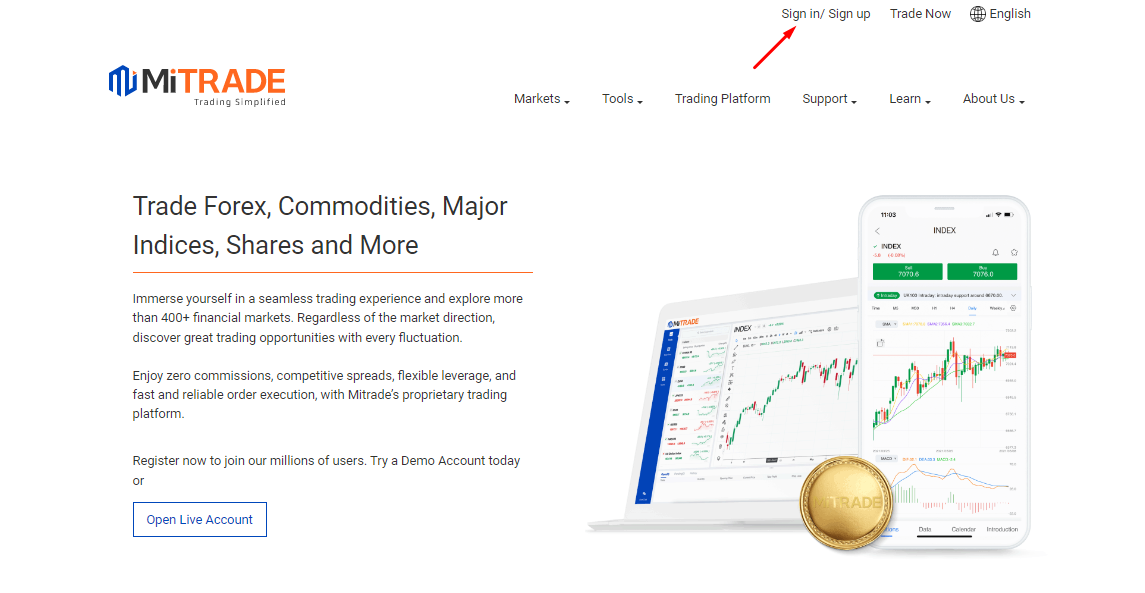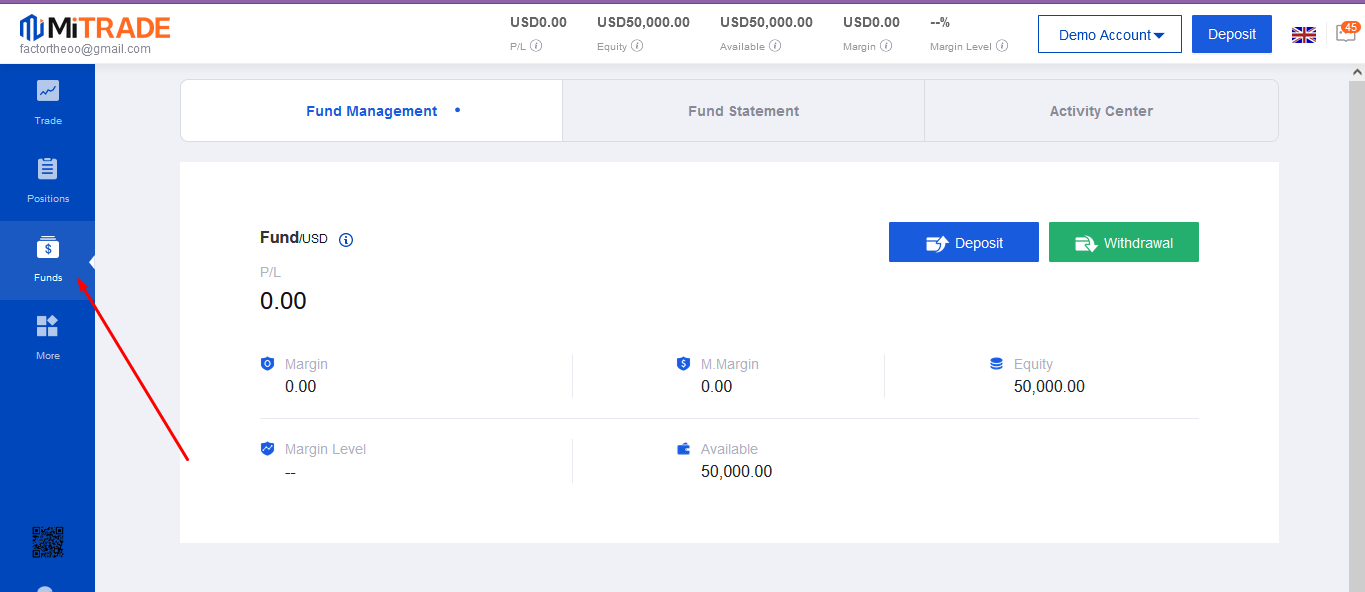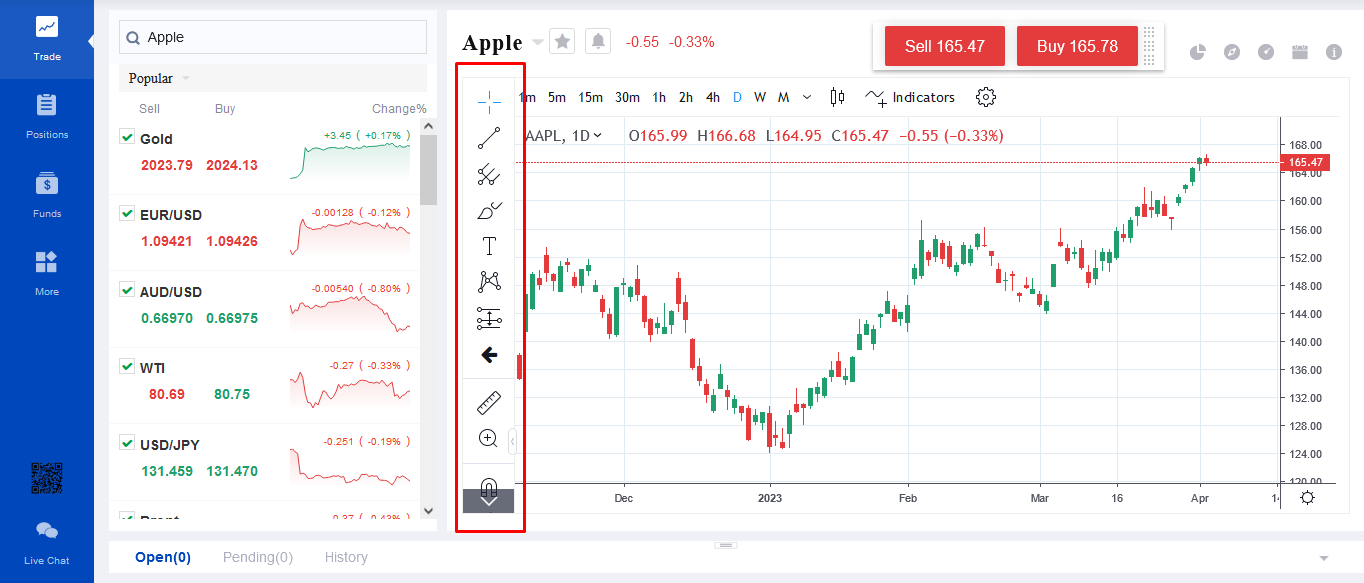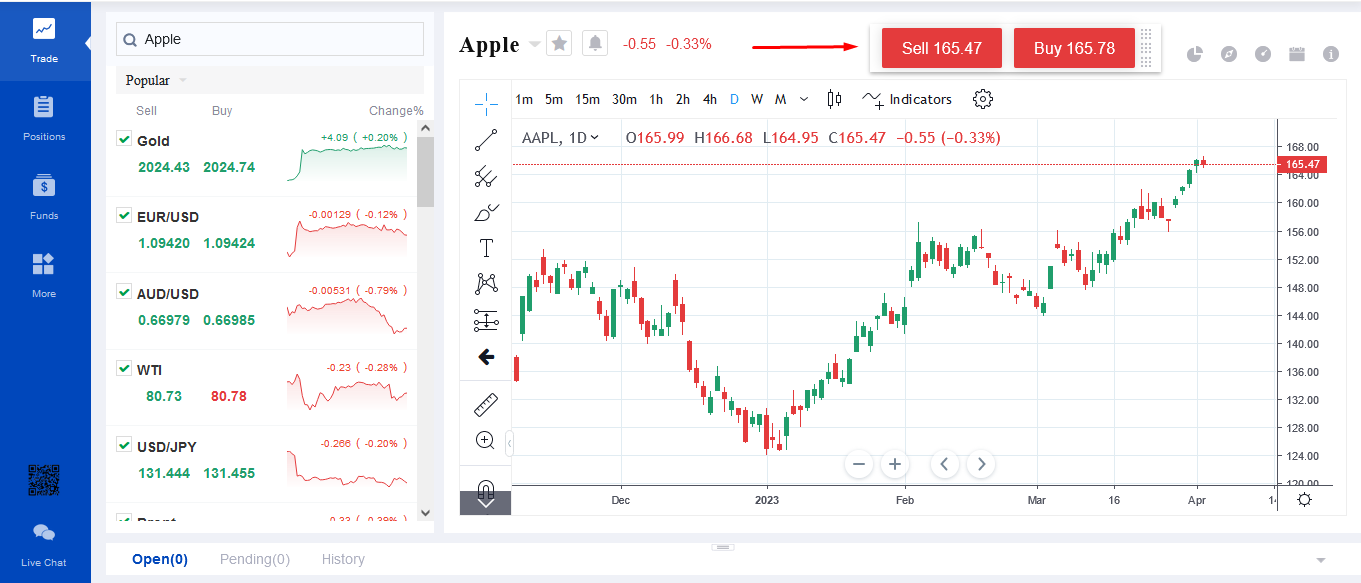How To Trade Stock CFD? Beginner's Guide

Are you ready to dip your toes into the stock market but do not wish to commit too much initial capital?
If so, you may have heard of Contract for Differences also known as CFDs. Trading in CFDs is an alternative way to gain exposures without actually owning the underlying stock.
In the following sections, we’ll take you through key information you need to know about CFD trading, including what is it, how it works, the pros and cons.
What are stock CFDs?
Let's get down to the basics: what exactly are stock CFDs?
Shoutout to those who know!
Simply put, Stock CFDs (contracts for difference) are financial instruments that allow you to trade on a stock's price movements without actually owning the underlying asset.
It means you can take a position on whether you think the stock's price will rise or fall without actually buying or selling it.
To understand how stock CFDs work, let's take an example.
Let's say you want to invest in Tesla but don't want to buy the actual stock. Instead, you can use a stock CFD to speculate on whether the price of Tesla(TSLA.US) will rise or fall.
If the price rises, you can enter a long position (buy) on the CFD. You can enter a short position (sell) on the CFD if the price falls. If you're right, you'll make a profit. If you're wrong, you'll make a loss.
Did you know that CFDs were first introduced in the 1990s as a way for institutional traders to hedge their positions without having to own the underlying assets physically?
Hold on, there's a lot more to the story.
How do they work?
Now that we have an initial understanding of what stock CFDs are, let’s dive into how they work.
We'll divide this section into key points so you can understand how these financial instruments work.
Stock CFD Commissions and Cost
One of the key considerations when trading Shares CFDs is the cost involved.
Traditional share trading usually charges commissions to buy or sell shares. However, CFD providers usually build commissions into the spread which is the difference between the buy and sell price.
Another cost you need to be aware of is the overnight cost that will be incurred for holding the position overnight. For Shares CFDs, factors determining this cost are usually the amount you have borrowed due to your leverage and the cost of borrowing the Share for your short Share CFD position. Overnight or other associated costs can usually be found within your CFD provider website or trading platform.
Stock CFD Long and Short
In CFD trading, you can take a long or short position, depending on whether you think the stock price will rise or fall.
As mentioned in the Tesla example above, you can enter a long position (buy) on the CFD if the price rises. If you think the price will fall, you can enter a short position (sell).
Did you know that legendary investor George Soros famously made over a billion dollars by shorting the British pound in 1992? It is one of the best examples of shorting a CFD.
Stock CFD Leverage
Another aspect of CFD trading is that you can use leverage to magnify your potential returns. Leverage allows you to control a larger stock with a smaller initial capital.
When you use leverage in CFD trading, you essentially borrow funds from the broker to increase your market exposure.
Speaking of leverage, we have to talk about margin, as the two concepts are closely related in CFD trading.
Margin is the capital you need to maintain in your account to cover any potential losses on your leveraged position. It's a safety net to ensure you have enough funds to cover your losses if the market moves against you.
The amount of margin required to open a leveraged position is determined by your broker (more on that in a while) and is based on the position size and the leverage ratio. The higher the leverage ratio, the lower the margin requirement, and vice versa.
Let's say you want to open a position on Apple(AAPL.US) stock with a leverage ratio of 1:10. If the total value of the position is $1000, you would only need to put up $100 as a margin to open the position. The remaining $900 is what your broker gives you for opening the position.
However, it's important to note that leverage also increases your risk, and you can potentially lose more than your initial capital.
Compare Stock and Stock CFD
There are CFD and traditional shares when discussing trading the stock market. While both methods involve buying and selling shares of publicly traded companies, there are some key differences that you should be aware of.
Ownership
When you buy shares through a traditional broker, you own a portion of the company's stock. This means you are entitled to receive dividends if the company pays them out, and you also have voting rights for important company decisions.
On the other hand, when you trade CFDs, you don't own any shares but are instead speculating on the underlying asset's price movements.
Commission and fees
Share trading usually involves paying a commission to your broker for each trade you make. In contrast, as mentioned above, CFD trading typically involves paying a spread.
The spread is usually much smaller than the commission charged by traditional brokers, making CFD trading a cost-effective option.
However, you should be aware that some CFD brokers may charge additional fees, such as overnight fees, which can eat into your profits if you hold positions overnight.
Leverage
As discussed, CFD trading allows you to use leverage to open a larger position in the market with a smaller amount of capital.
On the flip side, share trading doesn't typically involve leverage, so you'll need more capital to make larger trades.
Short selling
CFD trading allows you to take short positions on the market, which means you can profit from falling prices. This is because you are essentially selling an asset you don't own to buy back at a lower price in the future.
How to trade stock CFDs?
If you are all pumped up about stock CFD trading and want to open an account asap, well, you can do that easily with Mitrade. It's a simple five-step process, and you can start after reading this guide.
Step 1: Open a trading account
The first step is to open a trading account with Mitrade. Click on the Sign In/Sign Up option to take you to the registration page.
On the registration page, two methods exist to open an account; a demo and live accounts.
You just need an email or a phone number for the demo account. With the account, you can get $50,000 of virtual money and practice your trading skills. You must provide personal info and complete the verification process to open a live account. If you opt for a live account, you need to fund it, which brings us to the second step.

Step 2: Fund your account
Once your account opens, you'll get Mitrade's web trader platform. From there, you'll need to deposit funds into it. Click on the fund option to take you to the deposit and withdrawal page.
Mitrade offers convenient deposit methods, including credit cards, bank transfers, and electronic wallets like Skrill and Neteller.

Step 3: Choose your stock CFD
Now, let's come to the main part. Mitrade offers a wide range of stock CFDs from the US and Australian markets, including popular companies like Apple, Amazon, and Tesla. Choose the stock CFD you want to trade by searching for it in the platform's symbol bar.
Step 4: Analyze the market
Before placing your trade, it's important to analyze the market and decide when to enter and exit the trade.
Mitrade's platform provides powerful trading tools, including technical analysis tools and indicators, to help you make informed trading decisions.
You can see them all on the left side.

Step 5: Place your trade
Once you've analyzed the market and identified your trading strategy, it's time to place your trade.
You can select the Sell or Buy option on the platform to make a trade. After that, enter the size of your position, set your stop loss and take profit levels, and click the 'Buy' or 'Sell' button to enter the market.

With these five simple steps, you can start trading stock CFDs with Mitrade today.
Of course, there is always more to learn and practice when it comes to trading, so you can check Mitrade's Academy section to get free trading courses according to your expertise level.
So continue educating yourself and developing your trading skills over time.
Pros and cons of stock CFDs
Some say stock CFDs are the best option for trading stocks, while others think they are risky. Let's compare the pros and cons and see which side has more weight.
Pros
One of the biggest advantages of trading stock CFDs is using leverage, which allows you to control a larger position with less capital.
Stock CFDs are traded on margin, meaning you can take long and short positions.
With stock CFDs, you can access a wide range of markets and trade on companies worldwide.
Compared to traditional stock trading, stock CFDs often have lower trading costs.
Cons
As with any form of trading, there is a risk of losing money when trading stock CFDs, particularly when using leverage.
Stock CFDs can be highly volatile, moving unpredictably in response to major news and events.
If your trades move against you, you may be subject to margin calls, where you must deposit more funds to cover your losses.
Final thoughts
Trading stock CFDs can be a great way to access a wide range of markets and potentially profit from rising and falling prices.
They can be a powerful tool for traders looking to expand their trading strategies and access a wider range of markets.
By opening an account with a reputable broker like Mitrade, using powerful trading tools and resources, and practicing responsible trading habits, you can take advantage of stock CFDs while managing the risks effectively.

* The content presented above, whether from a third party or not, is considered as general advice only. This article should not be construed as containing investment advice, investment recommendations, an offer of or solicitation for any transactions in financial instruments.


